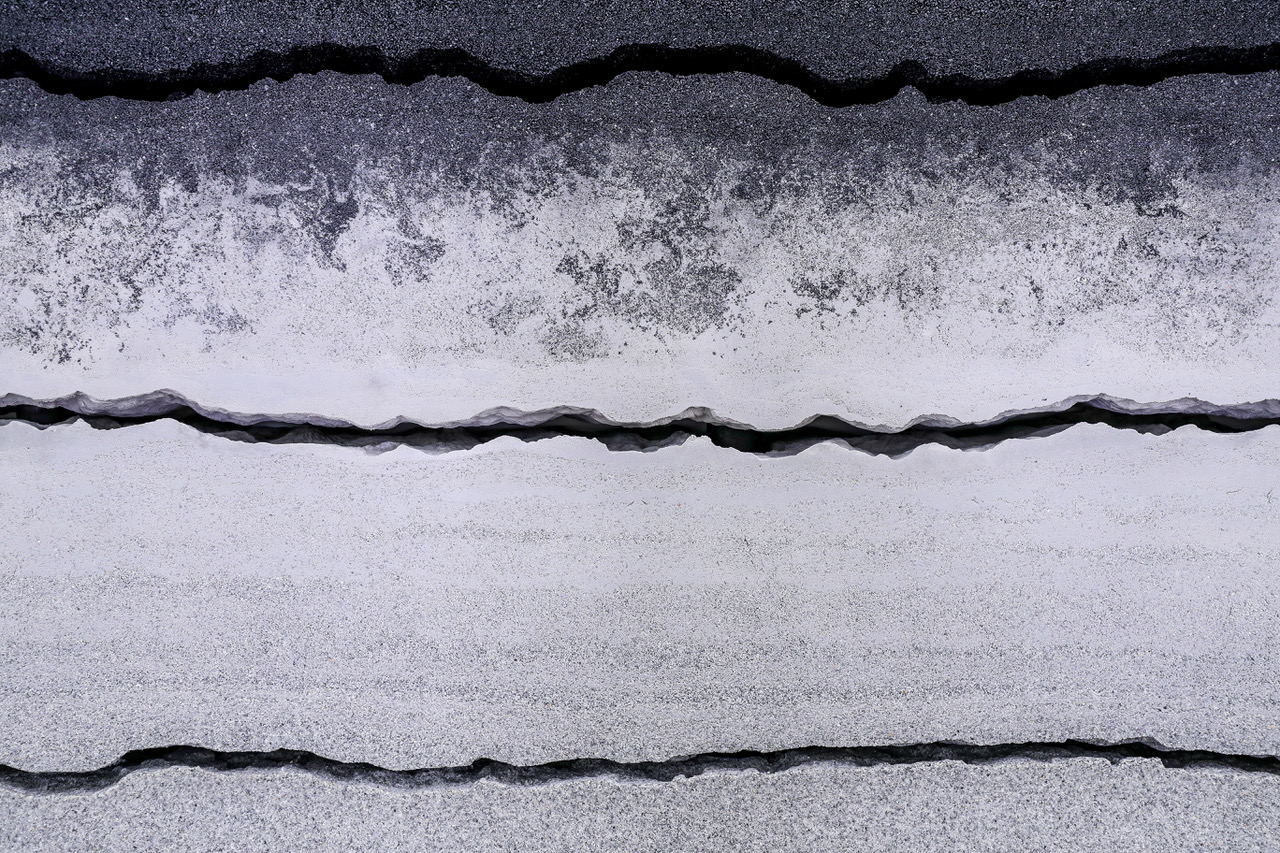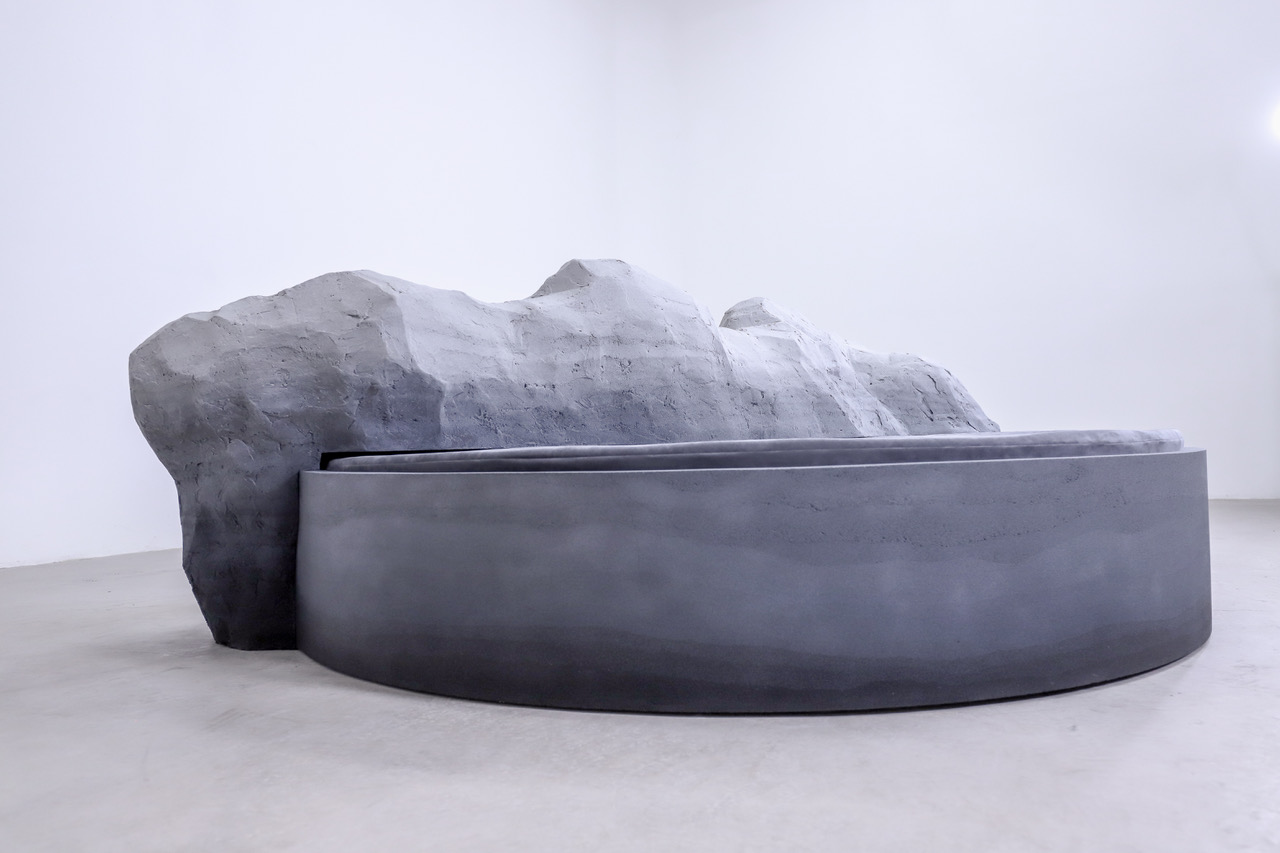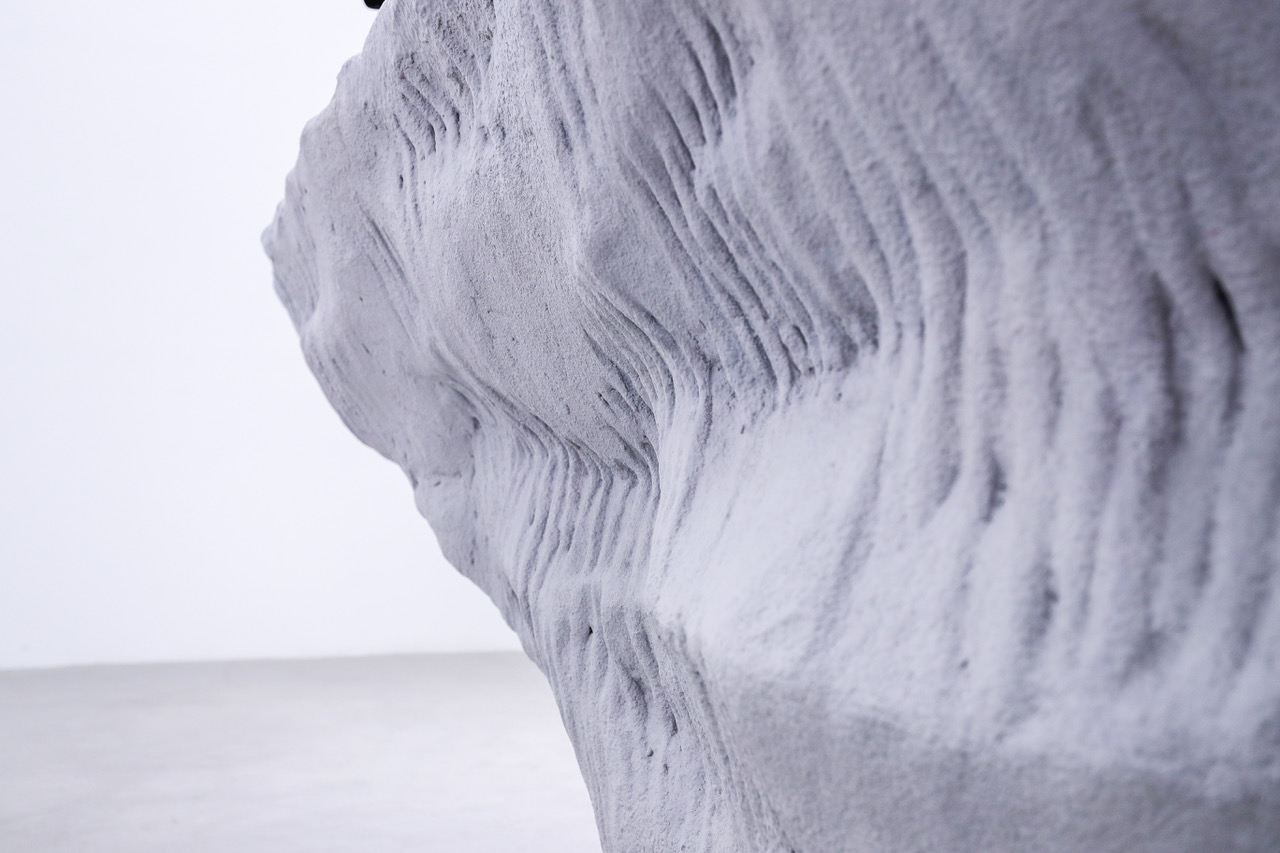
Artist Bio
“A grand mixture of form, content, and materials—Fernando Mastrangelo’s work creates a universe in which landscapes, textures, and the human condition are layered and interconnected. Beautiful and complex, the cast sculptural objects entwine art and design.”
Fernando has always been inspired by his surroundings — the people, the places, the politics. As a child, he thought he might become a doctor or a martial artist. In his early teenage years, he consumed comics and began drawing portraits. His formative years were spent in Mexico and Argentina, where the sweeping landscapes of Monterrey and Buenos Aires seeped into his identity. While in Mexico, he decided to apply to art school.
Fernando initially focused on painting and video making in Seattle, but once he encountered sculpture there was no looking back. Early abstract works would later imbue the work he does today. They provided a momentum that eventually brought him to the East Coast for his MFA.
Through kismet moments and hard work in New York, Fernando landed a job with the artist he admired most, Matthew Barney and his first big solo exhibition entitled “malicia.” The time spent in Barney’s studio and the sale of his first major sculpture using sugar propelled the start of his own studio and helped inform how it would run. This particular work with a granular material immediately became the foundation for Fernando’s entire practice.
For the next few years, Fernando created works with strong ties to controversy and politics, particularly embedded with his associations with Latin American culture. From sugar to corn — like a modernization of the Aztec calendar from white corn and cornmeal — his material explorations also included human ash, gunpowder, an illicit drug, concrete, salt, and sand. The granules and powders echoed history and experience.
A 2012 commission by Sean Parker to create his largest work to date fueled the studio to grow even further and moved the work back toward his early abstractions. The exploration of furniture would become AMMA Studio, then MMATERIAL, and now, in its final iteration: FM/S.
Bio source https://fernandomastrangelo.com/pages/about

Interview
Artist: Fernando Mastrangelo
You spent a few years of your early childhood in Argentina and Mexico before moving to US. What is your deepest childhood memory?
My deepest childhood memory is of spending my days in the Marco Museum in Monterrey, Mexico where I grew up. The famous Mexican architect Ricardo Legorreta designed the space and I remember being enchanted by its beauty and how the art resonated inside the space.


Who were your early influences?
My early Influences are Matthew Barney, Anish Kapoor, Richard Serra, Frank Stella, Richard Deacon.


How do you compare the very different artistic terrains and the influence they have on you?
The resounding quality that all those artists share and that I’m also trying to accomplish is, scale. I have always admired studios that make large scale sculptures. I also love that they all use metaphor to imbue their work with meaning. I think I strive for that in my work.
How would you describe the evolution of your work?
Copies, copies, copies, copies, copies, and then the “Aha” moment happened. That’s when I made my first sugar cast sculpture. After that day, I knew that materials would be at the center of my practice and today, as I make furniture, those materials have defined my language, my voice, and my ideas.



Which medium or material do you like working with the most? What techniques do you employ to get the results you want?
I love powdered glass. I can scrape, rake, press, push, pack, ram or crush the material into landscape paintings or three dimensional furniture objects. We can make it any color and it’s extremely archival.
6-How did you first come up with the idea of creating sculptures with diverse materials, such as sugar, corn, human ash, gunpowder, illicit drugs, concrete, salt, sand, coffee, glass, and cement? What is the best part about creating art using various organic and non-organic art materials?
It was in 2006 and I was making a sculpture about Brazil, whose main export is sugar. I wanted to use sugar to make the sculpture, so I started experimenting. I think of three things when making a piece, FORM, CONTENT, MATERIALS. When those three elements are in harmony, the possibilities become limitless. So, I choose a piece of content I want to discuss and then I choose the form and the material to best express that. The best part of using these materials is that they’re unexpected.
Your functional pieces are astonishing. How do you ensure that you incorporate aesthetics into objects of everyday use?
Thank you! I don’t think I have any other way to think, I have been involved in aesthetics since I was a child, I only see things that way.


How was working with an artist you admire, Matthew Barney?
It changed my life. I often think about those days especially since I have such a young team of sculptors here too. I learned a lot about how to manage large projects, and of course got to see how Barney got his ideas to come to fruition.


What work of art do you wish you owned?
This changes all the time, so today I would say, a David Altmejd giant.
Is there a new style that you’re working on or considering?
I have a landscape series that I’m working on, inspired by contemporary footwear.






You are young and have reached a high success in your career. Your sculptures and designs are in homes of notable collectors and you have worked for important brands such as Thakoon, Dior, and Stella McCartney. What does success as an artist mean to you?
I don’t feel successful in my head. I understand that having a large studio, a relatively large team (14) and making a living as an artist is success, and I don’t want to come off as ungrateful, but I have worked non-stop from the day I went to college (1998). I gave up my twenties to make sculpture, I spent my early 30’s struggling because I hadn’t landed a great gallery that could support me fully. 5 years ago, things changed, after 10 very hard years, my work tipped, I started making furniture and thankfully I was mature enough to manage the rapid growth of the studio and had the chops to sustain it all until I could afford a team. So, success is more internal for me, success is surviving the insanity of working in a tough city like New York and somehow not ending in total catastrophe.




